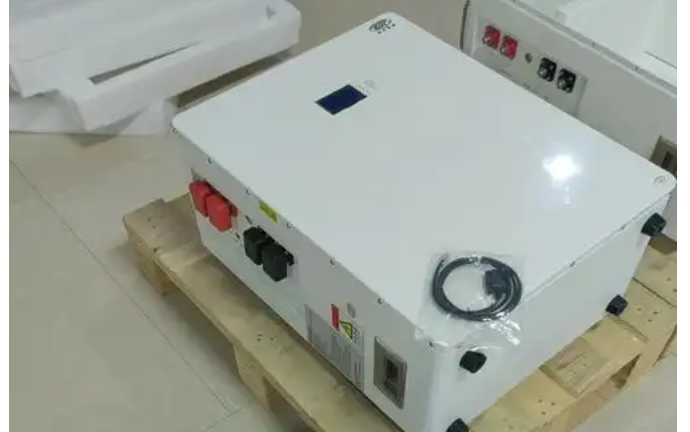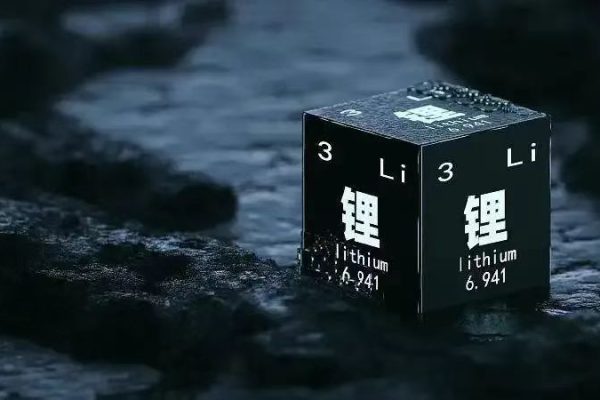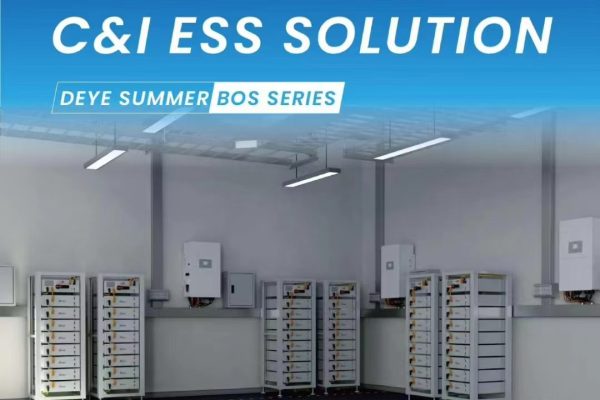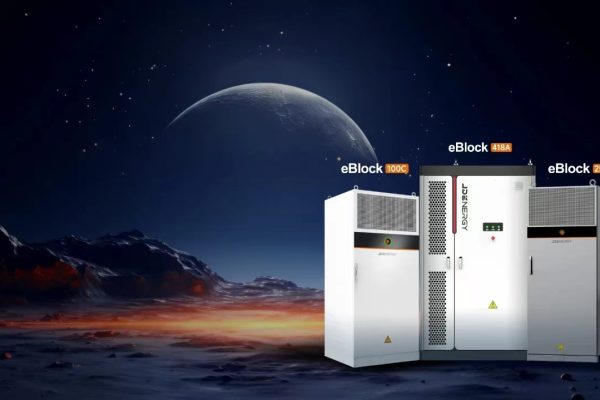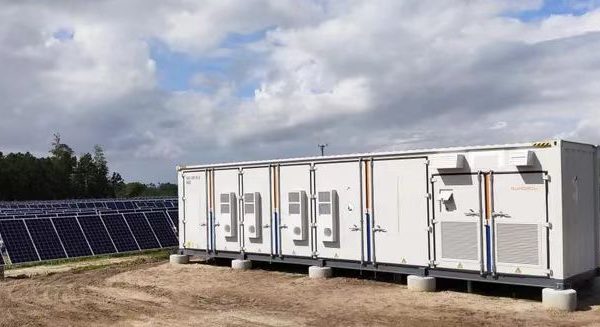Introduction
As solar adoption accelerates across residential and commercial sectors, energy users are increasingly seeking smarter, more flexible solutions to optimize their energy generation and consumption. One technology at the center of this shift is the hybrid inverter. Combining the functionality of a traditional solar inverter with battery management, hybrid inverters are becoming an essential component in modern solar + storage systems.
In this article, we’ll explore what hybrid inverters are, how they work, their advantages over traditional inverters, and why they are becoming a key enabler in the future of distributed energy systems.
What is a Hybrid Inverter?
A hybrid inverter, also known as a multi-mode inverter, is an advanced device that manages power flows between solar panels, batteries, the grid, and the load (appliances). Unlike standard string inverters that only convert solar DC electricity to AC for immediate use or grid export, hybrid inverters add the capability to:
- Charge and discharge a battery
- Switch between grid-tied and off-grid operation
- Optimize energy usage based on time-of-use rates or backup needs
Hybrid inverters are the brains of a solar-plus-storage system, allowing energy storage to be intelligently managed for self-consumption, cost savings, and backup power.
How Does a Hybrid Inverter Work?
A hybrid inverter typically manages four primary energy flows:
- Solar Energy Conversion
Solar panels generate direct current (DC) electricity. The hybrid inverter converts it to alternating current (AC) for home or business use. - Battery Charging
Excess solar energy is stored in batteries via DC-to-DC charging. The inverter controls when and how much to charge. - Battery Discharging
During peak times, at night, or during outages, the inverter discharges stored energy to power the load. - Grid Interaction
If energy is insufficient, the inverter draws from the grid. If there’s excess generation, it can export power to the grid (if permitted).
Additionally, advanced hybrid inverters support energy management systems (EMS) and can be programmed to prioritize energy flows based on time-of-use tariffs, blackout protection, or demand limits.
Key Features of Hybrid Inverters
| Feature | Description |
|---|---|
| Integrated Battery Control | Built-in battery charging/discharging logic, eliminating need for external controllers |
| Grid Interaction | Capable of grid-tied, off-grid, and backup operation |
| Programmable Modes | Time-of-use settings, smart scheduling, peak shaving |
| Monitoring & Connectivity | Mobile apps, cloud dashboards, Wi-Fi/Ethernet enabled |
| Scalability | Supports expansion with more panels or battery capacity |
Benefits of Hybrid Inverters
1. Simplified System Architecture
By combining multiple functionalities into one device, hybrid inverters reduce installation complexity and improve reliability. This means fewer components, simpler wiring, and often lower labor costs.
2. Energy Independence and Resilience
Hybrid inverters enable energy users to store solar energy and use it during blackouts or when grid prices spike, increasing energy independence and security.
3. Cost Optimization
Smart energy flow management allows users to maximize solar self-consumption and minimize grid reliance, reducing electricity bills—especially in regions with time-of-use tariffs or demand charges.
4. Future-Proofing
Many hybrid inverters are designed to be compatible with different battery chemistries (like Li-ion, LFP) and can be integrated with future grid services such as demand response or virtual power plants (VPPs).
Hybrid vs. Traditional Inverters: What’s the Difference?
| Feature | Traditional Inverter | Hybrid Inverter |
|---|---|---|
| Solar Conversion | ✅ | ✅ |
| Battery Management | ❌ | ✅ |
| Backup Power | ❌ | ✅ (with backup module) |
| Grid Interaction | ✅ | ✅ |
| Smart Controls | Limited | Advanced |
In short, traditional inverters serve well in basic grid-tied solar systems, while hybrid inverters are essential for modern applications that include energy storage, off-grid capability, and smart energy control.
Applications and Use Cases
Hybrid inverters are increasingly used in:
- Residential Solar + Battery Systems: Homeowners use hybrid inverters to store excess solar, reduce energy bills, and maintain power during outages.
- Small Commercial Systems: Businesses use them to shift peak loads, reduce demand charges, and ensure backup power for critical operations.
- Off-Grid Cabins or Remote Areas: Hybrid inverters can run completely off-grid with solar and batteries.
- Virtual Power Plants (VPPs): Some advanced hybrid inverters are VPP-ready, meaning they can participate in grid services through aggregation.
Factors to Consider When Choosing a Hybrid Inverter
When selecting a hybrid inverter, pay attention to the following:
- Battery Compatibility (Li-ion, LFP, lead-acid)
- AC vs. DC Coupling (how solar and battery are connected)
- Power Rating (kW output capacity)
- Surge Capability (important for appliances with high startup current)
- Warranty & Support (typically 5–10 years)
- Certifications (UL, CE, grid compliance standards)
Leading Brands in the Hybrid Inverter Market
Some well-known global manufacturers offering high-quality hybrid inverters include:
- Sungrow
- Growatt
- Solax Power
- Huawei
- GoodWe
- Victron Energy
- Fronius (with battery add-ons)
Each brand offers different models for grid-tied with backup, off-grid, or VPP-enabled functions.
Conclusion
Hybrid inverters are redefining how energy is produced, stored, and consumed at the user level. As battery costs decrease and grid instability rises, more homeowners and businesses are turning to solar + storage systems — and hybrid inverters are the technological glue that makes these systems efficient, smart, and future-ready.
For anyone looking to invest in solar power and maximize its value, choosing the right hybrid inverter is a decision that can significantly impact energy performance, reliability, and long-term cost savings.





